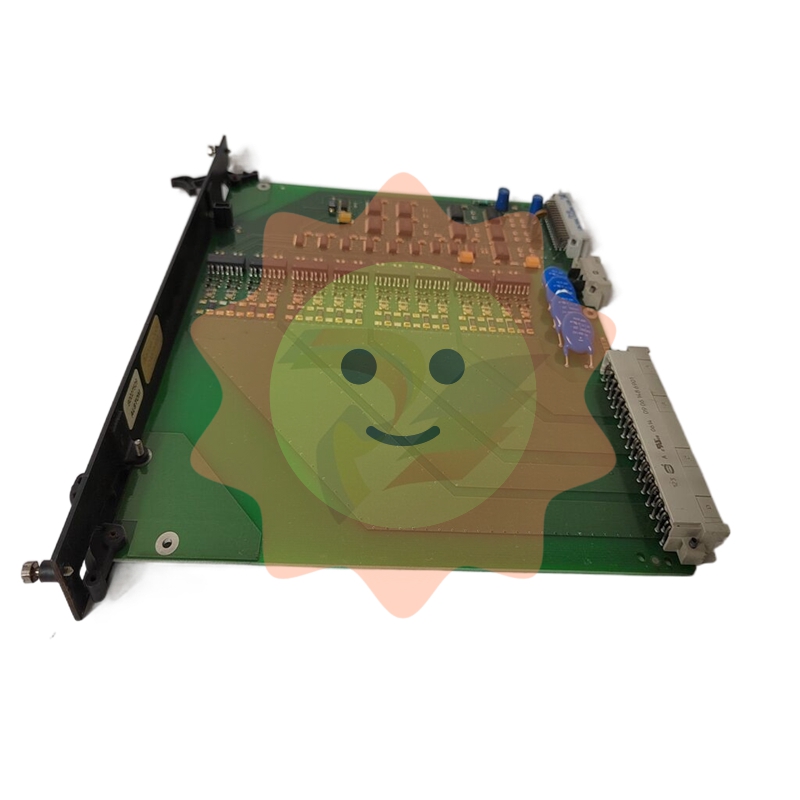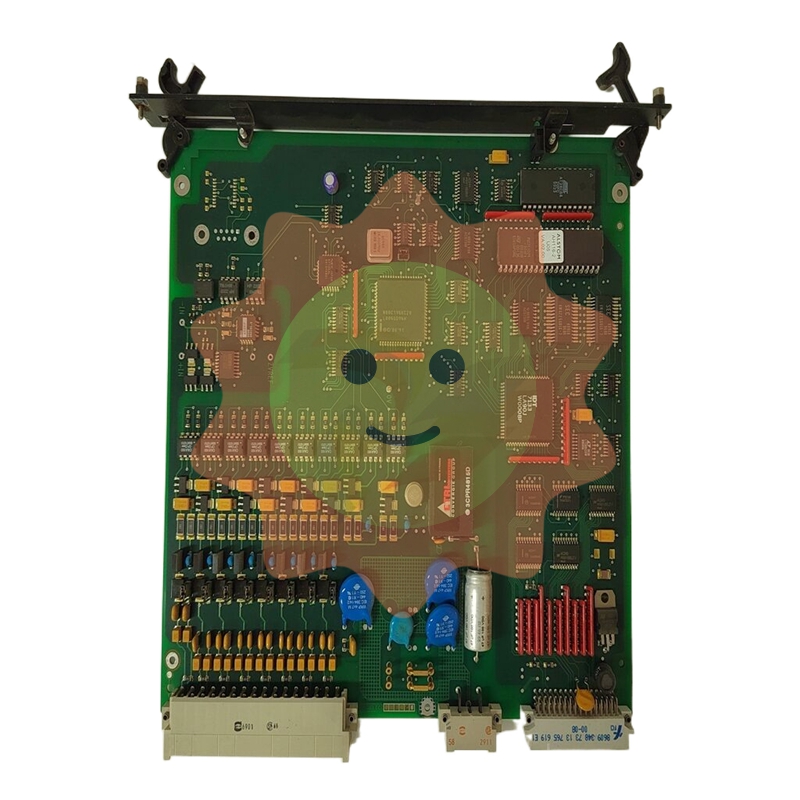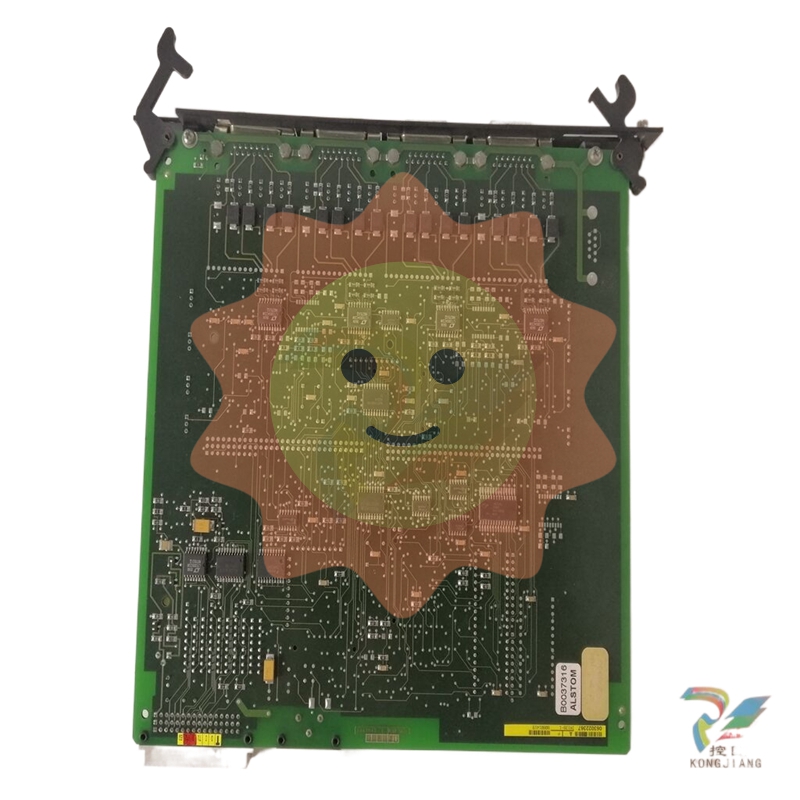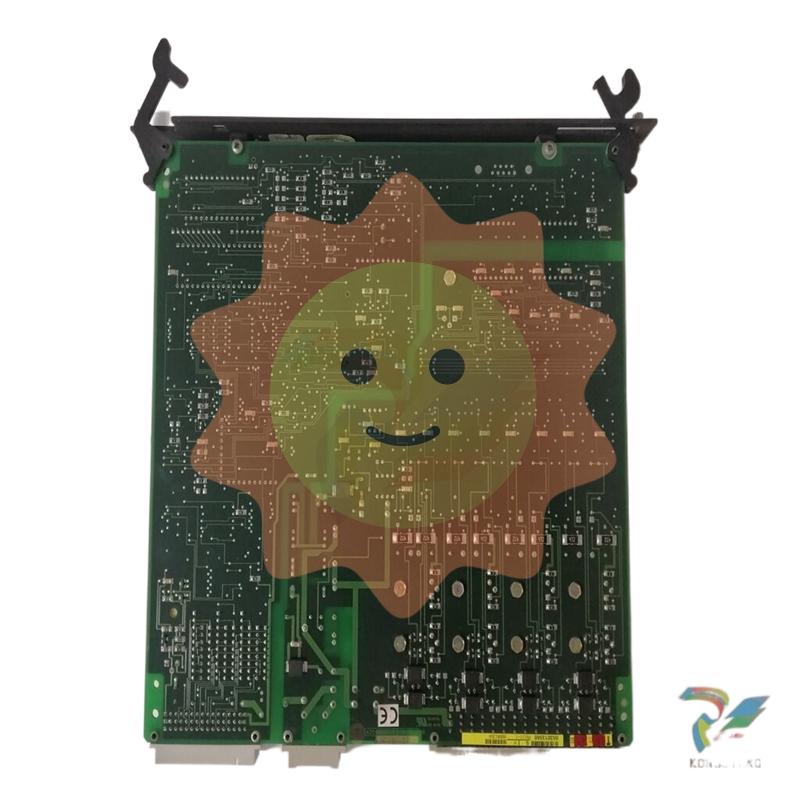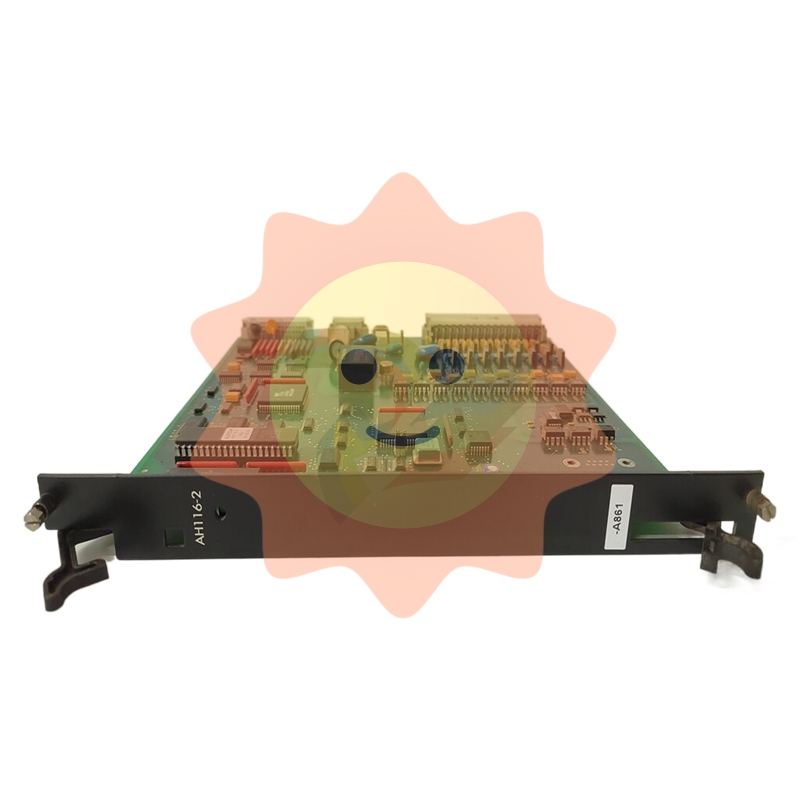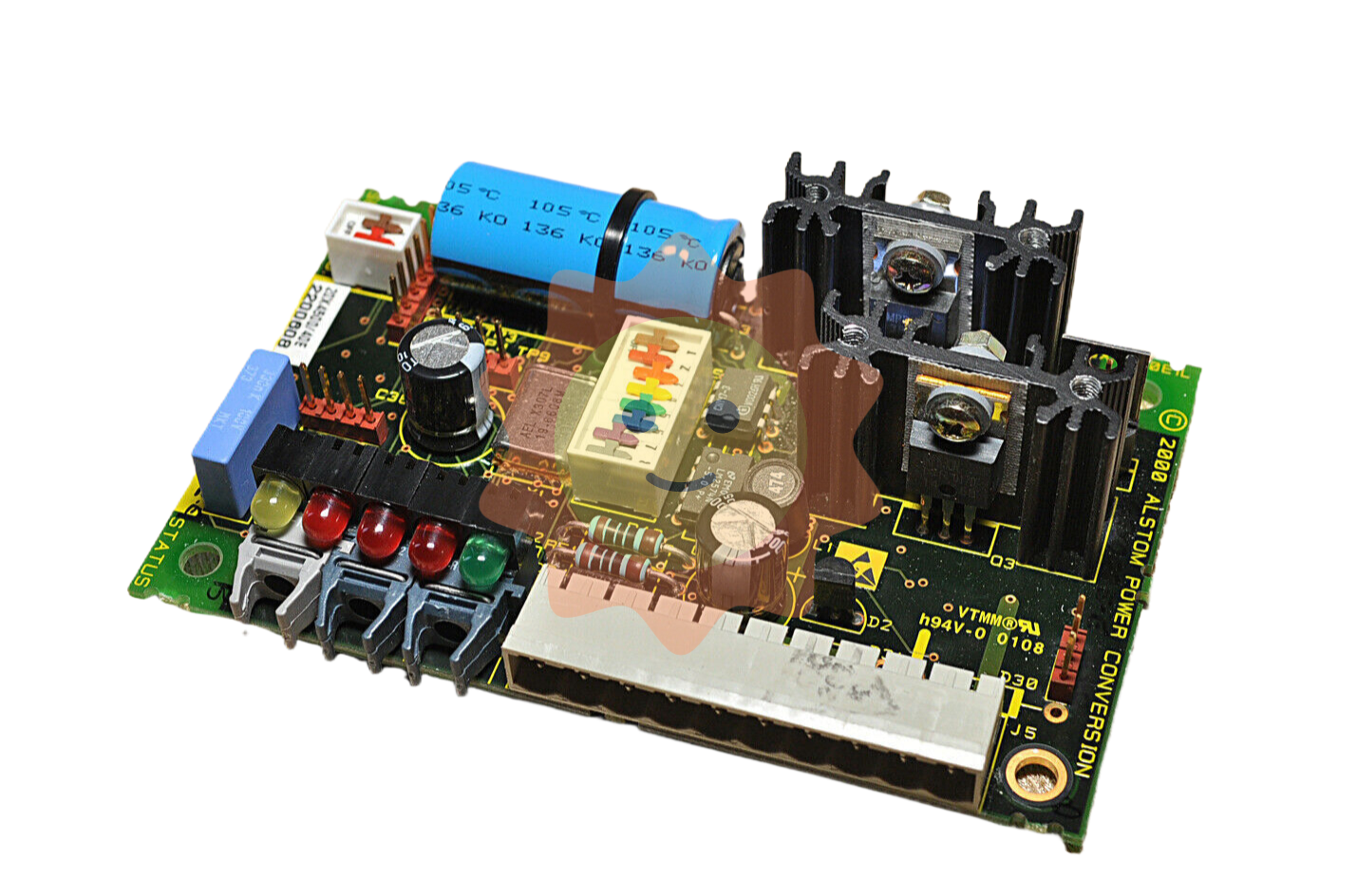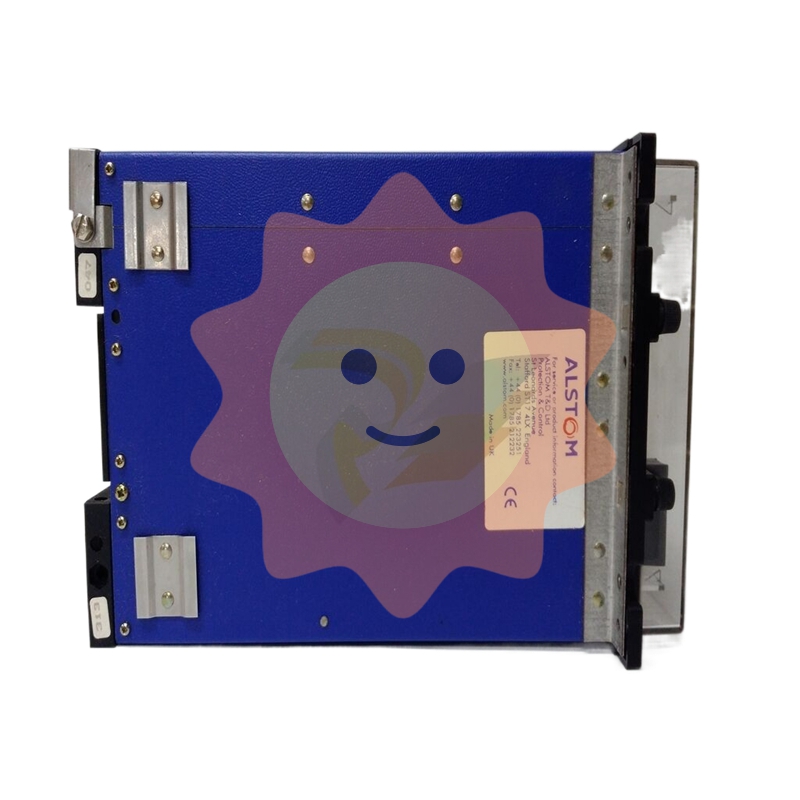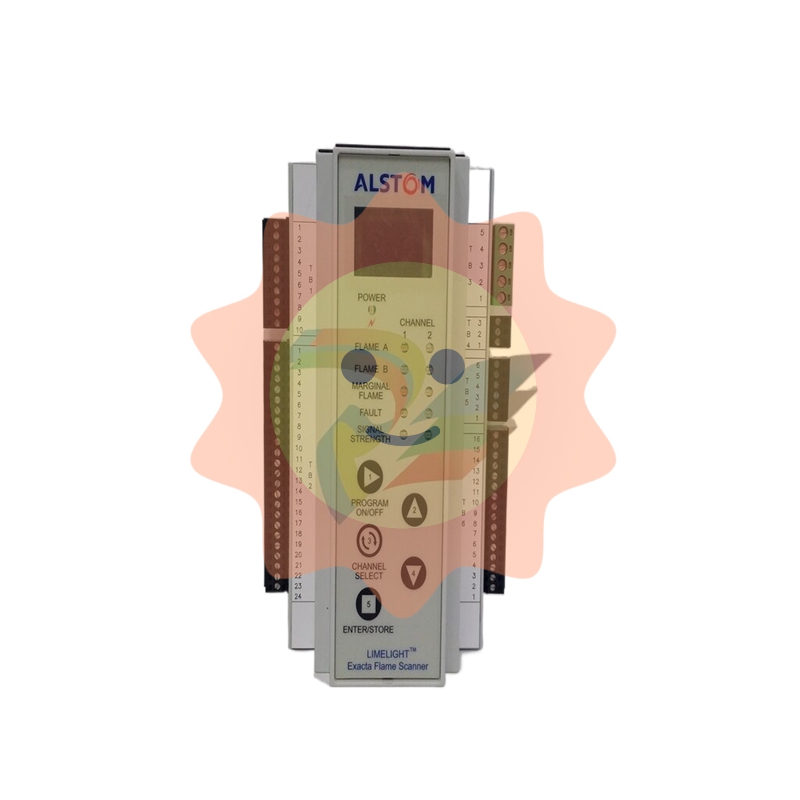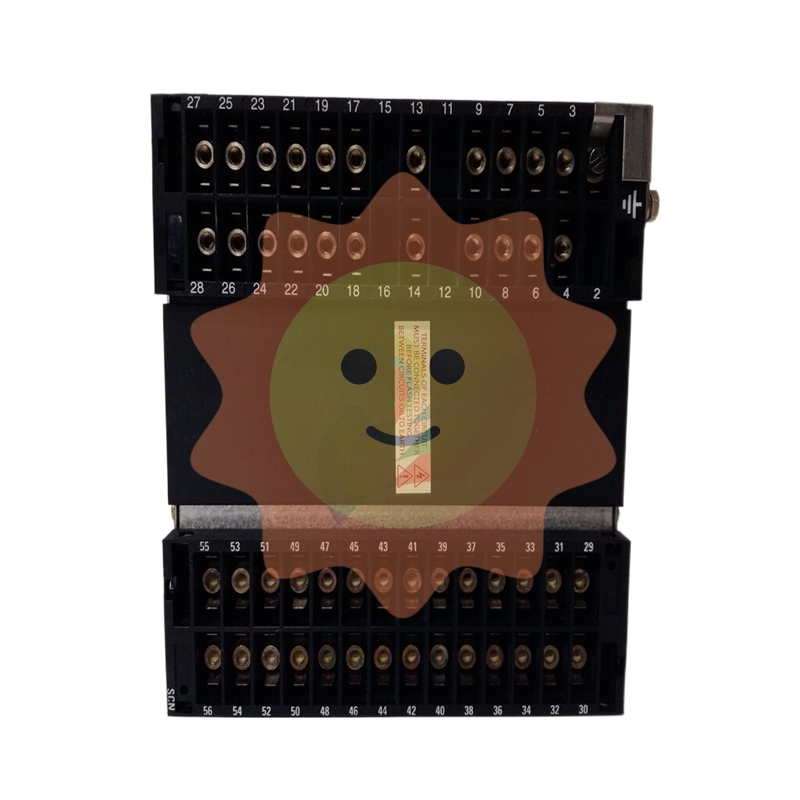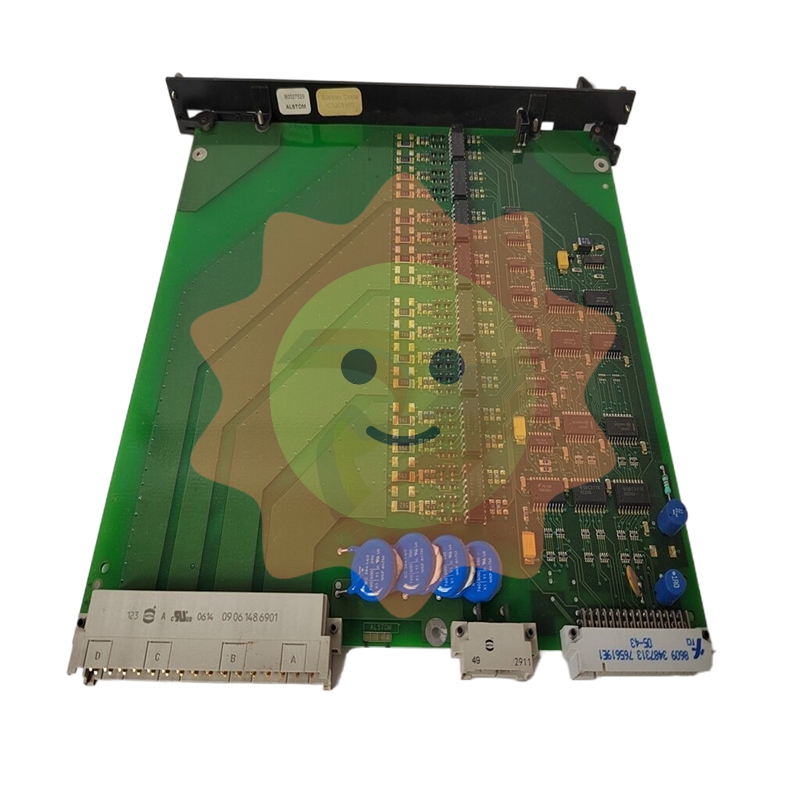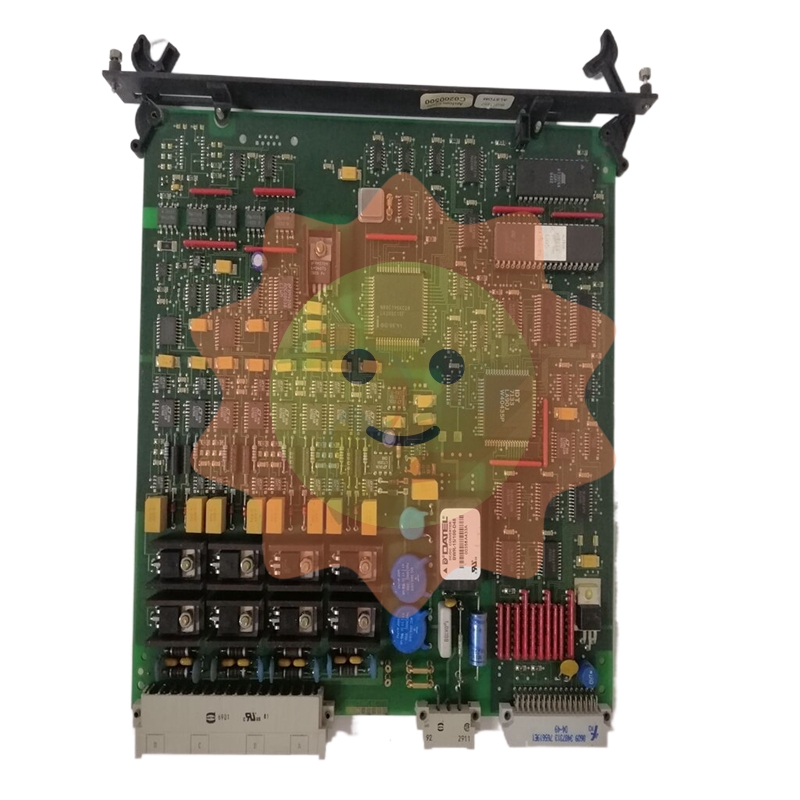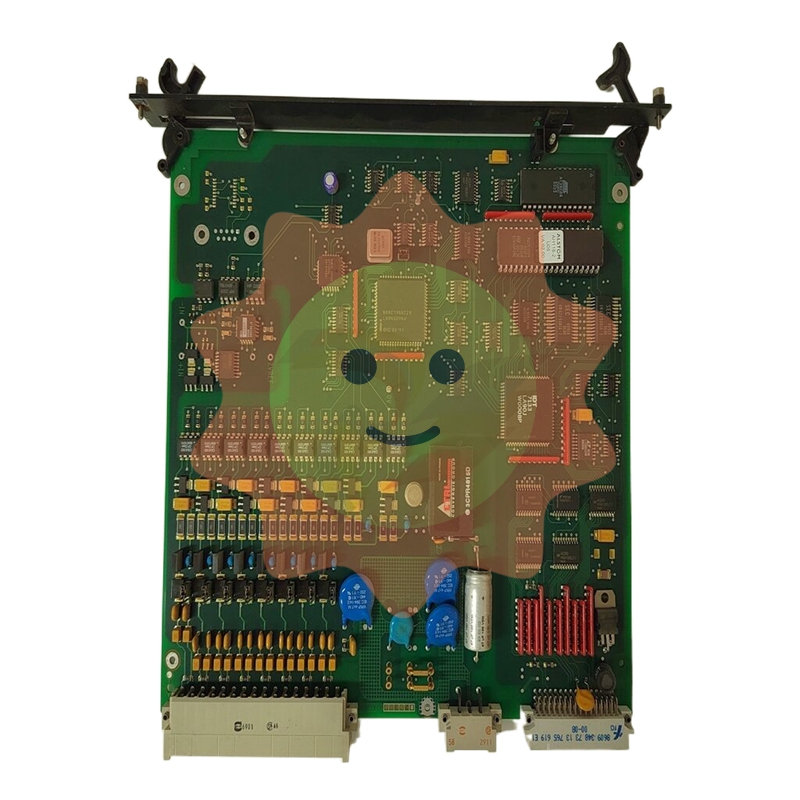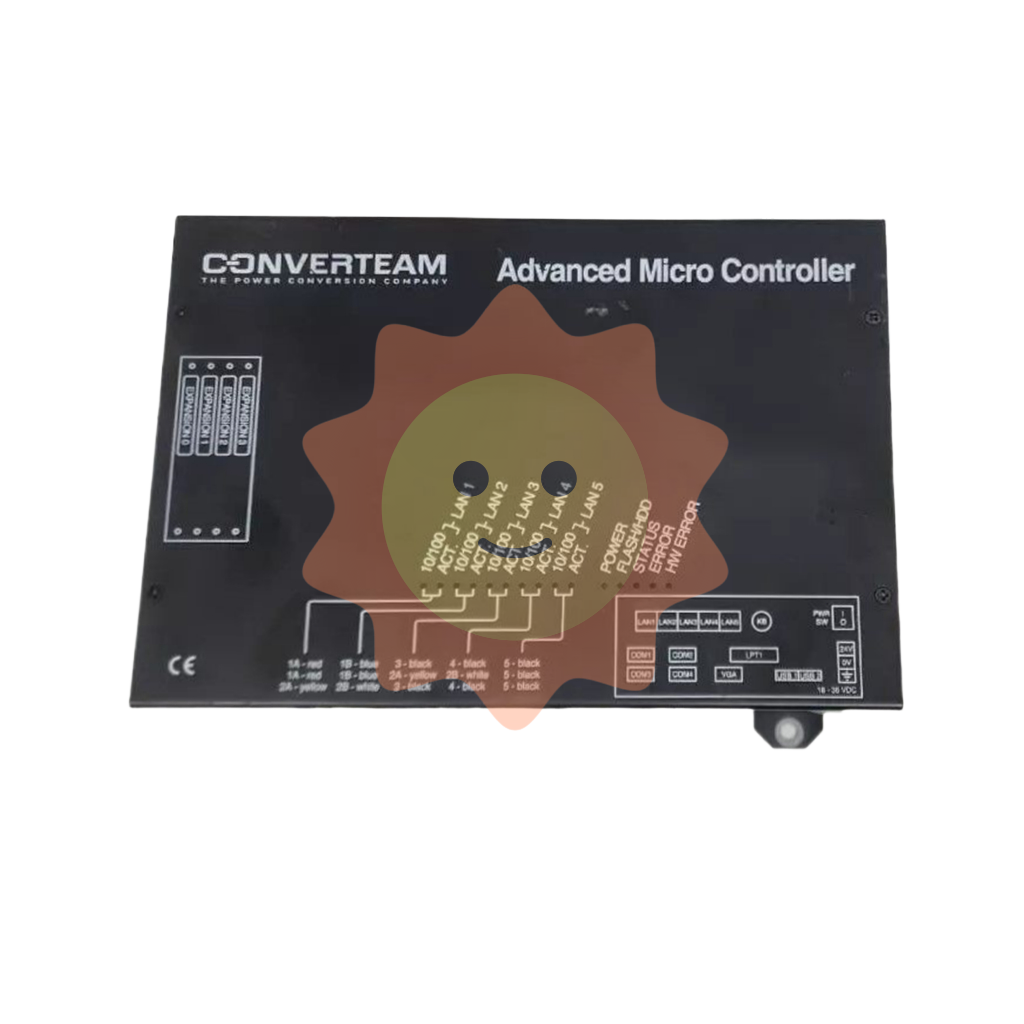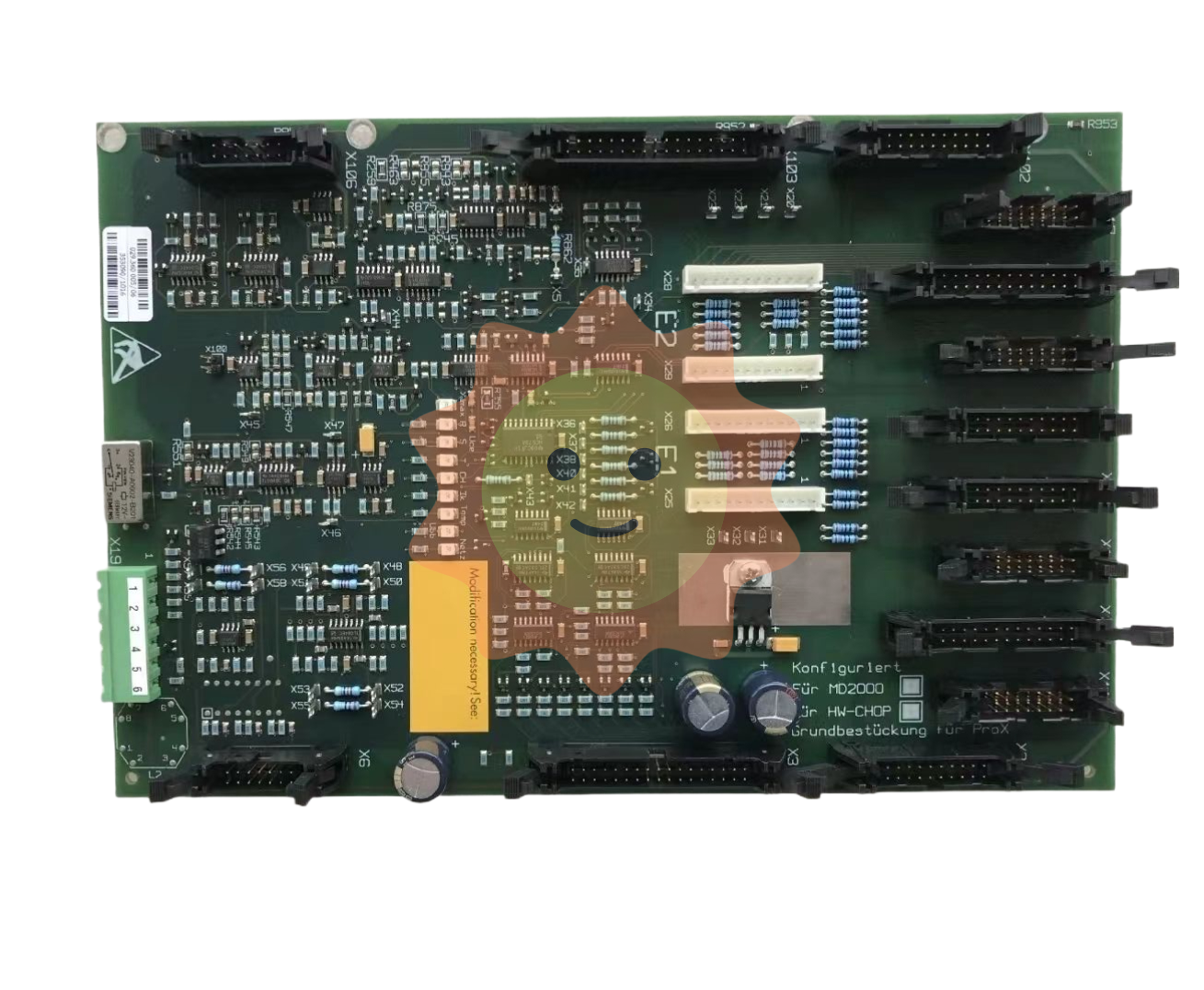New energy vehicles put forward new requirements for tires, and domestic tire companies ushered in overtaking opportunities
1. New energy vehicles are different from traditional fuel vehicles and have a full range of new requirements for tires. At present, new energy vehicles generally face range anxiety, requiring smaller tire rolling resistance to improve vehicle endurance; New energy vehicles use motor drive, running noise is small, car noise mainly comes from tire noise, requiring adjustment of tire materials and patterns to reduce tire noise; New energy vehicles have large torque and large weight, and wear tires faster, requiring tires to be more durable, wear more slowly, and have longer life.
At present, new energy vehicles generally support traditional tires, and special tires for new energy vehicles are being promoted in the early stage. In terms of hot new energy vehicles in 2021, only the Michelin PS EV and Hantawan Tushi S1 evo3 EV supporting Tesla Model Y are original tires for electric vehicles, and the rest are still traditional tires.
Domestic tire companies have cooperated with new energy vehicle companies for a long time, and special tires for new energy vehicles have been continuously launched, performing well in various tests, and are expected to take the lead in supporting new energy models. Domestic such as Linglong tires in the new energy vehicle special tire has accumulated a certain R & D strength, its EV100 tires specially developed for new energy vehicles and POWER SAVER tires in the professional evaluation of good performance. The race wheel "liquid gold" tire has excellent performance, is the first batch of tires in China to obtain the world's highest quality grade certification, and performs well in various performance tests. So far, it is the only tire tread compound in the world that can simultaneously improve tire rolling resistance, anti-skid performance, wear resistance, handling performance, and make all indicators reach the best level. Broke the tire "devil's triangle" law. Wanli Tires also launched the Wanli Hamanshi SP022 EV special tire, through the introduction of 3D self-diversion technology, variable pitch crossover technology and sound absorption cotton technology to improve the overall performance of the tire.

2. Tire consumption attributes are prominent, and it is particularly important to enhance brand influence
Tires are the only parts of the car that touch the ground, the safety and reliability of tires is the most important indicator for consumers, domestic tires do not lose foreign tire brands in quality and safety, but in brand awareness, foreign brands are more favored. From the perspective of five performance indicators including quality, safety, comfort, energy saving and aesthetics, consumers attach the most importance to the reliability of tire quality and the explosion-proof of tires, while they pay little attention to the tread pattern and color of tires. In addition to performance indicators, consumers also generally pay more attention to tire after-sales service and cost-effective.
3. Tire industry prosperity is expected to usher in a reversal
3.1. The status quo of the tire industry - the characteristics of the industry determine that it is vulnerable to external shocks
Tire sales are closely related to automobile production and ownership, and the current domestic automobile production is stabilizing and the ownership has a large room for improvement. At present, the global and Chinese automobile production has fallen from the high point, and the global automobile production in 2021 is 80.16 million units, an increase of 3.26%, of which China's automobile production is 26.06 million units, an increase of 3.52%. In terms of car ownership, China's car ownership continues to rise, reaching 302 million in 2021, but there is still a big gap between the number of cars per 1,000 people and developed countries in Europe and the United States. In this context, global tire sales have declined in recent years, and the Chinese tire market is basically flat with previous years.
The original and replacement tire structure of Chinese enterprises needs to be continuously optimized. The original market sales are mainly related to automobile production, while the replacement market sales are mainly related to car ownership, and the proportion of the global tire original market and replacement market in 2021 is about 1:3, while the ratio of the original tire and replacement tire of Chinese enterprises such as Linglong tires is about 1:1, reflecting the low car ownership in China and the larger growth space of the tire replacement market.

3.2. The tire industry is currently at a low ebb
In the third quarter, the industry operating rate declined, and the industry prosperity was at a low level. In recent years, the concentration of the tire industry has been increasing, and the operating rate of the tire industry has been generally maintained at about 70% after 2014. Since 2020, affected by the impact of the epidemic, the industry operating rate once fell to a minimum of about 43%. With the gradual lifting of domestic epidemic prevention and control measures and the recovery of domestic and foreign demand, the industry operating rate recovered rapidly in the second half of last year. Since 2021, affected by the rise in external raw material prices and consolidated transportation prices, the industry operating rate has declined again, falling to about 55% in the third quarter, which is at the bottom position.
Enterprise production and sales decline, tire product income level affected. Since the beginning of this year, tire companies such as Linglong tires, Cylun tires and General Motors share production and sales have declined, of which Linglong tires in the first quarter of 16.72 million tires, down about 5.99%; Cylun tire production in the first quarter of 11.16 million tires, down about 4.9%; Gm produced 2.15 million tires in the first quarter, down about 4.4% from a year earlier. In terms of revenue, Linglong Tire's tire product revenue in the first quarter was 4.3 billion yuan, down 12.2% year-on-year; Tyre product revenue in the first quarter was 4.408 billion yuan, up 18.0% year-on-year; Gm's first-quarter tire product revenue was 1.109 billion yuan, up 6.5% from a year earlier.
Under the external impact, the gross profit margin of the head tire enterprises declined, and it has recovered since 2022, and the gross profit margin of the head tire enterprises has rebounded in the first quarter. From Q4 in 2021 to Q1 in 2022, Linglong Tire's gross profit margin increased from -3.54% to 11.03% in 2022Q1, an increase of 14.57%; The gross profit margin of racing tires increased from 15.09% to 17.03%, an increase of 1.94 percentage points; Mori Kirin's gross profit margin rose from 18.90% to 22.53%, up 3.63 percentage points.

3.3 Rising prices of raw materials such as rubber increase production costs
As one of the four major industrial raw materials, natural rubber is also a major commodity, and its price is affected by supply and demand and the financial market. Since China's accession to the WTO in 2001, the price of natural rubber has roughly experienced five rounds of rising cycles:
In 2002-2003, China joined the WTO, automobile production and sales increased significantly, rubber supply exceeded supply, and the price began to rise, from about 6,800 yuan/ton to about 16,000 yuan/ton.
2005-2008, due to downstream demand, natural rubber planting area expanded, but rubber trees mature 6-9 years, supply and demand is still unbalanced, natural rubber prices continued to rise, from about 12,000 yuan/ton to about 27,000 yuan/ton.
From 2009 to 2011, China's economic policies led to real estate and infrastructure construction, boosted transportation demand, and stimulated tire production, resulting in a rise in natural rubber prices, from about 900 yuan/ton to about 43,000 yuan/ton.
In 2015, commodities fell under the pessimistic expectations of the economy, and began to rebound in the second half of 2016, and the price of natural rubber also rose from about 10,000 yuan/ton to about 22,000 yuan/ton. This year, many other factors have also led to the rapid rise in the price of natural rubber, such as the growth of heavy truck sales brought about by the New Deal, the replenization of inventory under the expected price rise brought by the reversal of the chemical cycle, tire companies in the background of the double reverse investigation to grab exports, the replacement of synthetic rubber by natural rubber under the background of butadiene to capacity, and the short-term demand for shared bicycles.
2020-2021, at the end of 2020, downstream demand has recovered after the epidemic, sales of trucks and buses have increased, and rubber prices have begun to rise under the demand, from the lowest about 9000 yuan/ton to the highest to about 17,000 yuan/ton, which has now fallen.
- EMERSON
- Honeywell
- CTI
- Rolls-Royce
- General Electric
- Woodward
- Yaskawa
- xYCOM
- Motorola
- Siemens
- Rockwell
- ABB
- B&R
- HIMA
- Construction site
- electricity
- Automobile market
- PLC
- DCS
- Motor drivers
- VSD
- Implications
- cement
- CO2
- CEM
- methane
- Artificial intelligence
- Titanic
- Solar energy
- Hydrogen fuel cell
- Hydrogen and fuel cells
- Hydrogen and oxygen fuel cells
- tyre
- Chemical fiber
- dynamo
- corpuscle
- Pulp and paper
- printing
- fossil
- FANUC
- Food and beverage
- Life science
- Sewage treatment
- Personal care
- electricity
- boats
- infrastructure
- Automobile industry
- metallurgy
- Nuclear power generation
- Geothermal power generation
- Water and wastewater
- Infrastructure construction
- Mine hazard
- steel
- papermaking
- Natural gas industry
- Infrastructure construction
- Power and energy
- Rubber and plastic
- Renewable energy
- pharmacy
- mining
- Plastic industry
- Schneider
- Kongsberg
- NI
- Wind energy
- International petroleum
- International new energy network
- gas
- WATLOW
- ProSoft
- SEW
- wind
- ADVANCED
- Reliance
- YOKOGAWA
- TRICONEX
- FOXBORO
- METSO
- MAN
- Advantest
- ADVANCED
- ALSTOM
- Control Wave
- AB
- AMAT
- STUDER
- KONGSBERG
- MOTOROLA
- DANAHER MOTION
- Bentley
- Galil
- EATON
- MOLEX
- Triconex
- DEIF
- B&W
- ZYGO
- Aerotech


email:1583694102@qq.com
wang@kongjiangauto.com


